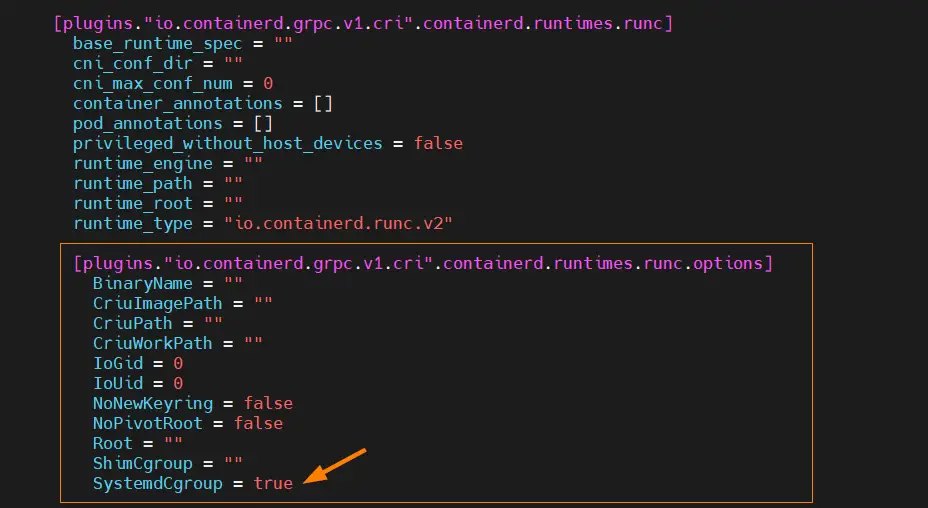Création d'un cluster K8S sur proxmox
Création de 3 VMS en désactivant le SWAP
- $ free -h.
- $ sudo swapoff -a.
- $ sudo nano /etc/fstab.
- # /dev/sda3 none swap sw 0 0.
- $ sudo swapoff -a.
Installation des outils
-
Update the
aptpackage index and install packages needed to use the Kubernetesaptrepository:sudo apt-get update sudo apt-get install -y apt-transport-https ca-certificates curl gpg -
Download the public signing key for the Kubernetes package repositories. The same signing key is used for all repositories so you can disregard the version in the URL:
curl -fsSL https://pkgs.k8s.io/core:/stable:/v1.29/deb/Release.key | sudo gpg --dearmor -o /etc/apt/keyrings/kubernetes-apt-keyring.gpg
/etc/apt/keyrings does not exist by default, and it should be created before the curl command.-
Add the appropriate Kubernetes
aptrepository. If you want to use Kubernetes version different than v1.29, replace v1.29 with the desired minor version in the command below:echo 'deb [signed-by=/etc/apt/keyrings/kubernetes-apt-keyring.gpg] https://pkgs.k8s.io/core:/stable:/v1.29/deb/ /' | sudo tee /etc/apt/sources.list.d/kubernetes.list
/etc/apt/sources.list.d/kubernetes.list before running apt-get update and apt-get upgrade. This procedure is described in more detail in Changing The Kubernetes Package Repository.-
Update
aptpackage index, then install kubectl:sudo apt-get update sudo apt-get install -y docker.io kubelet kubeadm kubectl kubernetes-cni
containerd config default | sudo tee /etc/containerd/config.toml >/dev/null 2>&1
Edit the file ‘/etc/containerd/config.toml’ and look for the section ‘[plugins.”io.containerd.grpc.v1.cri”.containerd.runtimes.runc.options]’ and change ‘SystemdCgroup = false’ to ‘SystemdCgroup = true‘
$ sudo vi /etc/containerd/config.toml
Save and exit the file.
reboot
Initialisation du kube
Sur le noeud 1
kubeadm init
To start interacting with cluster, run following commands on master node,
$ mkdir -p $HOME/.kube $ sudo cp -i /etc/kubernetes/admin.conf $HOME/.kube/config $ sudo chown $(id -u):$(id -g) $HOME/.kube/config
Run following kubectl command to get nodes and cluster information,
$ kubectl get nodes $ kubectl cluster-info
Output of above commands
Ajout de nodes dans le kube

